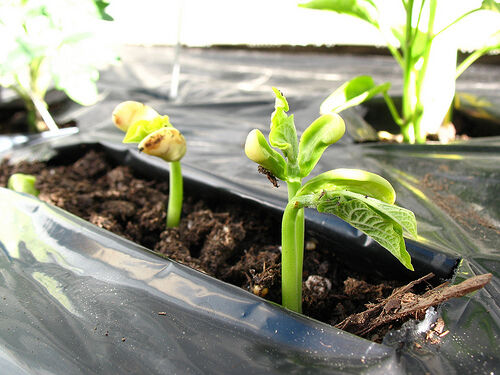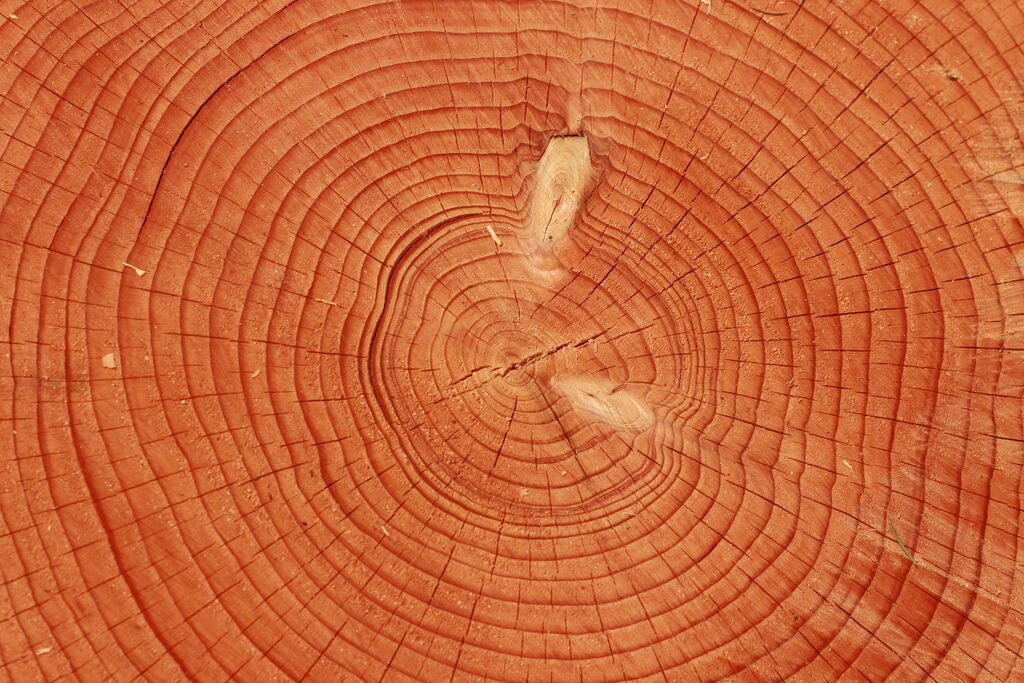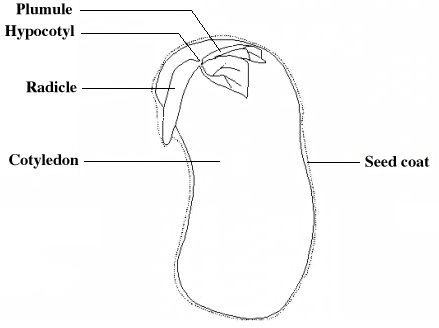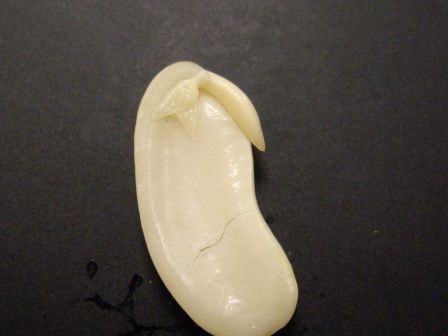In order to grow efficiently, a plant needs water, light, mineral salts, and carbon dioxide.
The growth of a plant consists of three stages.
The first step to grow a plant is to put a seed into the ground. As simple as it may sound, this process is much more complex. Germination of the seed must be supported by specific conditions for the seed to germinate.
To begin with, the first factor that will influence the growth of a plant, or even the possible germination of a seed, is the temperature of the surrounding environment. Clearly, sowing seeds is not done when the outside temperature is -10 ºC! Another important factor in successful germination is the content of mineral salts (such as iron, calcium, sulfur and magnesium) in the soil. Furthermore, this soil must be aerated, as the germination process requires the presence of oxygen. The soil should also be moist, which is neither too dry nor flooded. When water is present the sown seed will swell. In this way, the small envelope that surrounds it (called a seed coat) will tear. The cotyledons will separate to allow the radicle, which is the future root of the plant, to emerge.
Through geotropism, this radicle will sink into the soil, which will allow the seedling to be fixed in place. It will draw from the soil the food necessary for its development: water and mineral salts.
The more the cotyledons expand, the more the future stem (called hypocotyl) will emerge. A small bud (the plumule) containing the first two leaves of the seedling may then grow due to its attraction to light (phototropism). Until this point, this bud has been nourished by the nutritional reserves stored in the seed (in the cotyledons).
When the cotyledon reserves are depleted, germination is complete and the seedling stage is initiated. Attached to the soil by the new roots, the seedling continues its growth: the roots lengthen and sink, the stem grows and lengthens, and the buds present on the seedling open and form new stems.

When a plant emerges from the soil, it can only develop if the components necessary for its growth are present.
|
Water |
|
|---|---|
|
Light |
|
|
Mineral salts |
|
|
Carbon dioxide (CO2) |
|
|
Oxygen (O2) |
|
|
Hormones |
|
In Quebec, the development of plants depends on the seasons. In spring, there is germination and development of seedlings. During the summer, the seedlings that have become plants continue to grow, then bloom, and produce fruit. When fall arrives, the new seeds store their capacity for the following spring. Finally, in winter, seeds, biennials, and perennials go dormant, a period of slower life.
As trees grow, tree rings form in the trunk. These are circles that correspond to each year of the tree's life. Usually the lighter part of a circle corresponds to a significant growing season, very often spring. The darker part corresponds to fall and winter.


